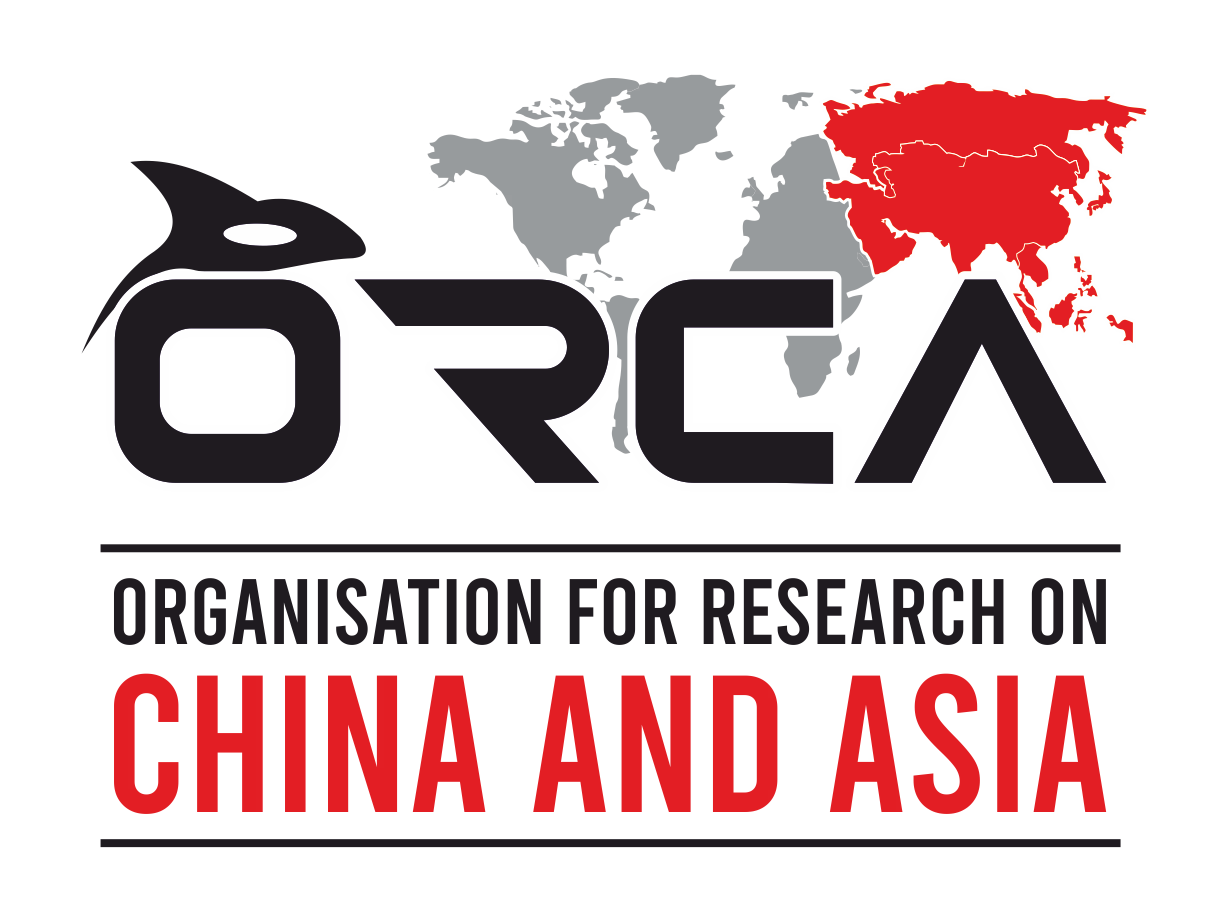NEWS IN CHINA
- New Guidelines Aim to Integrate AI Models in Government Work: The Cyberspace Administration of China (CAC) and the National Development and Reform Commission (NDRC) have jointly released the “Guidelines for the Deployment and Application of Artificial Intelligence Large Models in Government Affairs” to accelerate the safe and systematic use of AI in the public sector. The Guidelines, rooted in Xi Jinping Thought and the 20th CPC National Congress directives, aim to promote secure, efficient and standardized AI applications in governance, social services and decision-making. They encourage local governments to deploy AI models based on practical needs, focusing on areas such as digital administration, public service delivery,and social governance. A major focus lies on avoiding “model silos” by promoting shared infrastructure “one-site construction, multi-department use”. The document also stresses security management, preventing leaks of state or sensitive data and mitigating other risks. Furthermore, the Guidelines call for building a national AI standard system, regular evaluation mechanisms and training programs to boost officials’ digital literacy and ensure sustainable, safe and people-centered AI governance in China.
- China Allocates 484 Million Yuan for Agricultural Disaster Relief: In response to continuous heavy rains affecting key farming regions, China has earmarked 484 million yuan (around 68.12 million U.S. dollars) from its central budget for agricultural disaster prevention and relief, the Ministry of Finance announced on Friday. The funds, jointly allocated by the Ministry of Finance and the Ministry of Agriculture and Rural Affairs, will support disaster relief operations across seven provincial-level regions: Hebei, Shanxi, Jiangsu, Anhui, Shandong, Henan and Shaanxi. The financial support will be directed towards accelerating autumn grain harvests using agricultural machinery, drying dampened grains and draining waterlogged farmlands to minimize crop losses. Authorities emphasize that these measures are crucial to securing the nation’s autumn grain output. According to the Ministry of Agriculture and Rural Affairs, over half of China’s autumn grain crops have already been harvested as of Friday, but ongoing rainfall continues to pose risks to remaining crops. Officials urged local governments to implement timely relief measures and monitor agricultural conditions closely to prevent further losses.
- China Unveils New Regulations on Biomedical Technology Research and Application: Chinese Premier Li Qiang has signed a State Council order to promulgate the “Regulations on the Administration of Clinical Research and Clinical Transformation Application of New Biomedical Technologies”, which will take effect on May 1, 2026. The new regulations mark a major step in China’s governance of cutting-edge biomedical innovations, aiming to balance scientific advancement with ethical and safety standards. Comprising seven chapters and 58 articles, the document emphasizes protecting human dignity and health while promoting innovation in medical science. The rules set clear requirements for clinical research, mandating prior non-clinical verification of safety and effectiveness, ethical review and registration with the State Council’s health department. They also strengthen risk management and the protection of participants, including a ban on charging fees to research subjects. In the translational application phase, only technologies approved as safe and ethical can be introduced into clinical practice. The regulations also define approval procedures, monitoring responsibilities and strict legal liabilities for violations.
- China Announces Countermeasures Against the US Investigation in Shipbuilding Sector: China’s Ministry of Commerce has announced retaliatory measures against the United States following Washington’s Section 301 investigation targeting China’s maritime, logistics and shipbuilding industries. The US Office of the Trade Representative had earlier decided to impose port fees on Chinese vessels, a move Beijing denounced as “unilateral and discriminatory”, set to take effect on October 14. In response, Chinese authorities said they will introduce equivalent measures on the same date, levying special port fees on vessels linked to the United States and that are US-built, operated, owned or invested in by US companies. The ministry emphasized that these actions are lawful and designed to safeguard the legitimate interests of domestic industries and uphold fair competition in global maritime trade. China reiterated its strong opposition to the US restrictions, urging Washington to reverse its “erroneous practices” and resolve disputes through dialogue and cooperation rather than confrontation.
- Ministry of State Security Accuses Taiwan Firm for Conducting Online Propaganda: China’s Ministry of State Security (MSS) on Friday accused a Taiwan-based firm Wangshi Art & Design Co. Ltd and three individuals of orchestrating an online campaign promoting “Taiwan independence”. According to the MSS statement, the Democratic Progressive Party (DPP) authorities secretly financed and directed a large-scale “internet army” to spread secessionist content and false narratives across domestic and international platforms. The firm reportedly forged documents, fabricated rumors about the South China Sea and cross-Strait tensions, and distorted historical facts to incite hostility toward the mainland. The MSS warned that the internet is “not a lawless space” and vowed to impose lifelong criminal accountability on those engaging in separatist acts.
SOCIAL MEDIA CHATTER
Progress on Massive Ancient Coin Hoard in Anhui Sparks Online Buzz: Over a year after the discovery of a massive ancient coin hoard in Shisanwan Village, Anhui Province, public curiosity has reignited across Chinese social media. The Huoqiu County Cultural Relics Management Office confirmed on October 10 that the coins are currently being sorted, and relevant research institutions have been commissioned to analyze their composition and historical context. Officials added that the results will be made public once the process concludes and that the possibility of public exhibition is being “fully considered”. The 2024 discovery, involving thousands of ancient copper coins, had initially drawn nationwide attention for its remarkable preservation and potential historical value. On Weibo, hashtags related to the update such as “#ProgressOnAncientCoinHoard” quickly climbed trending lists, garnering thousands of views. Many users expressed excitement over a possible museum display, while others urged transparency and faster updates, highlighting public eagerness for tangible connections to the past. Some netizens speculated on the hoard’s dynastic origins, linking it to Song or Ming periods.
INDIA WATCH
Chinese Media Analyses Rationale Behind the Resumption of Direct Flights: According to The Paper, the resumption of direct flights between China and India, that was halted since early 2020, signals a major thaw in bilateral relations. The Shanghai-based outlet highlights this move as a 'direct and tangible indicator' of improving ties, reflecting the political will shown by both nations after years of strained diplomacy. The article cites Lou Chunhao from the China Institutes of Contemporary International Relations, who calls the flight resumption a politically significant step that can accelerate the normalization of China-India relations. The outlet analyzes that Beijing’s goodwill gestures, combined with New Delhi’s gradual normalization policy, indicate a pragmatic shift toward restoring people-to-people connectivity and business engagements. Lou further argues that India’s China policy is still influenced by the US as it initially overestimated its strategic value due to growing India-US partnership and thus allowed to strain its ties with China. As per the expert, as India-US tensions continue to intensify now, India is seeking to rebuild its relations with China. The article concludes that while “structural challenges remain”, the restoration of direct air connectivity embodies both nations' determination to rebuild trust and strengthen cooperation, suggesting that China-India relations now “advance with twists and turns”.


Prepared By
Lipun Kumar Sanbad
Lipun Kumar Sanbad, a postgraduate student of Politics and International Relations from Pondicherry University and a History and Political science graduate from University of Delhi. From the past three years working as a freelance researcher in the domain of global peace, conflict and security studies, and defence studies.